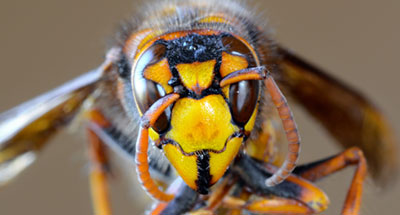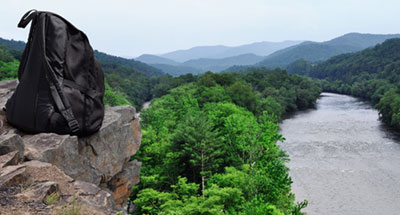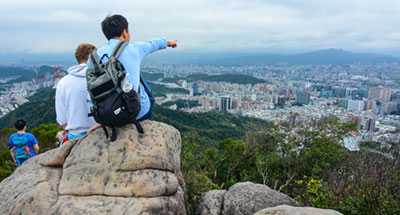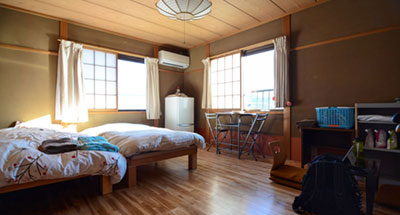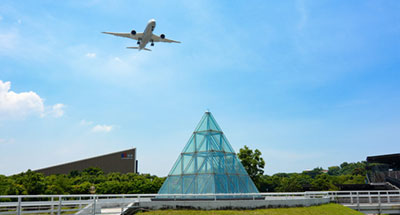Home > Travel Destinations > Japan
The Annual Aoi Matsuri (Hollyhock Festival) in Kyoto
The Aoi Matsuri, literally Hollyhock Festival, is a traditional festival held every year on May 15 in Kyoto, Japan. The original official name is the Kamo Festival because the procession leads to two important and very old Shinto shrines along the Kamo River, the Shimogamo Shrine and the Kamigamo Shrine.
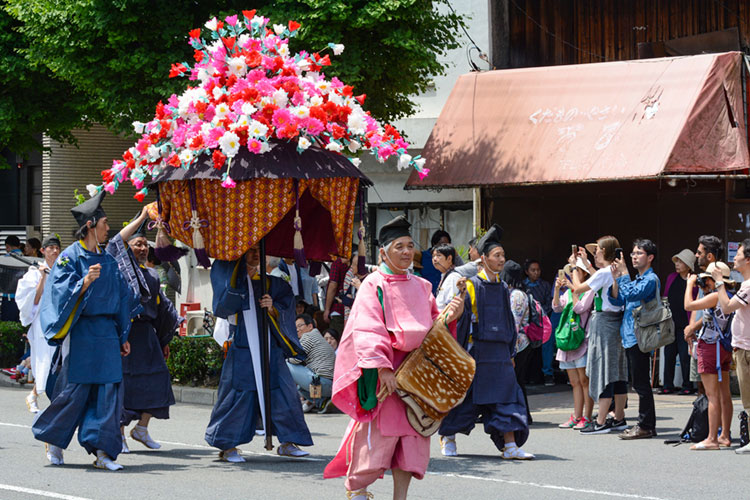
The Aoi Matsuri in its current form has been held intermittently since at least the 9th century when Emperor Kanmu made it an annual imperial event. The festival is based on an even earlier 6th century ritual started by Emperor Kinmei to appease the deities, believing them to be responsible for a major failure of harvests caused by destructive storms. Among the rituals was the riding of a galloping horse, which later evolved into a mounted archery event, a practice that is still associated with the Aoi Matsuri today and held on May 3 at the Shimogamo Shrine during an event known as the Yabusame Shinji.

The Aoi Matsuri fell out of practice several times throughout the years, most recently during World War II, but it was eventually revived each time and has been observed annually every year since 1953. Participants in the procession wear traditional garments from the Heian period, the period in Japanese history ruled by Emperor Kanmu who established Kyoto as the new capital (known then as Heian-kyou), and initiated the festival soon after.
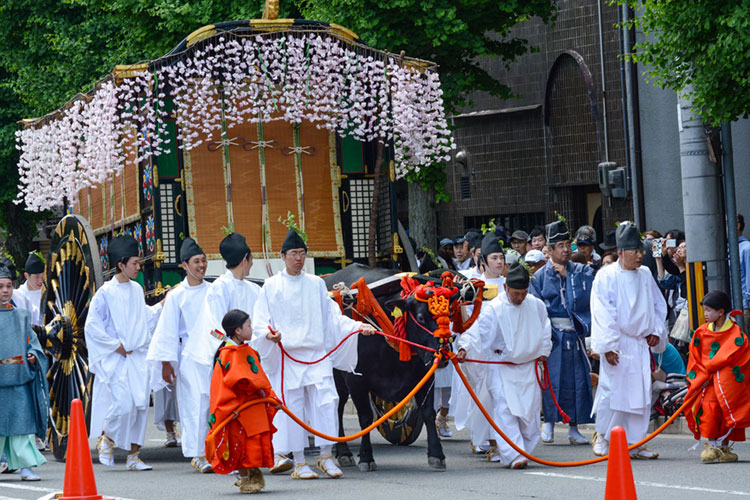
The procession consists of two oxcarts, four cows, thirty-six horses, and six hundred people. The Kyoto Imperial Palace serves as the starting point, from which things get under way at 10:30 in the morning. I arrived at the Imperial Palace almost an hour early, thinking I'd beat the crowds and secure a prime spot for photos with a nice background. To my surprise, the spacious palace grounds along the procession route were already completely occupied by other spectators. I ended up walking for about 30 minutes to find a half-decent spot along a city street located much further down the route.

You can expect the full procession to take about one hour to pass you. However, it takes about 5 hours to complete its 4.7 mile (7.6 km) route, so the point at which it reaches you will vary greatly according to your position along the route. After leaving the Imperial Palace at 10:30 AM, the procession will arrive at the Shimogamo Shrine at 11:15 AM where a series of rituals will be performed for about two hours. Then it's on to the Kamigamo Shrine, arriving at 3:30 PM to complete the event.
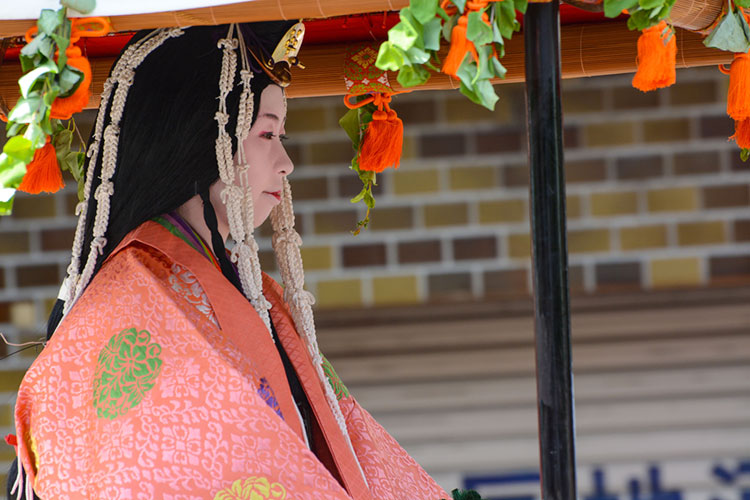
There's actually two processions in succession, one featuring men and one featuring women. The first consists of court nobles and soldiers led by the Imperial Messenger. The second consists of court ladies and ladies-in-waiting accompanied by the Imperial Princess, known as a Saiou. Traditionally, the Saiou was a young unmarried female member of the imperial family who dedicated herself to ritual purity and served as the high priestess of the Kamo Shrines. Today, a different unmarried woman is selected each year from Kyoto's elite families for the role of Saiou.

If you want upfront viewing of the Aoi Matsuri at the Imperial Palace starting point, I would recommend arriving at least an hour and a half or more in advance. To note, it's possible to buy a ticket to an area with reserved seating, but it's in the sun and the view is actually not that great unless you're in the front row, so you're probably better off camping a free spot near some shade.

